How To Get Rid Of Old Scars: 11 Effective Natural Remedies
Minimize the appearance of your scars with the help of easy-to-follow, natural treatments.
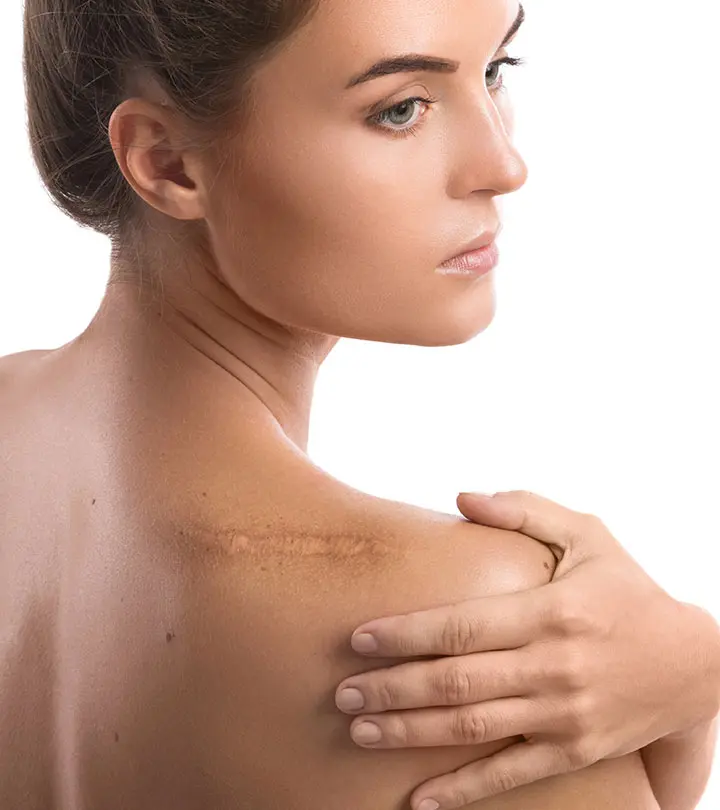
Image: Shutterstock
Scars can discolor your skin and appear as permanent marks on your face and body.
Injuries, burns, acne, pimples, insect bites, chickenpox, and operations can all leave behind scars that look unpleasant and are challenging to deal with. So, many people want to get rid of old scars even though these marks of experience are harmless.
Dr. Nadir Qazi, DO, is a board-certified physician and seasoned scar/acne scar specialist. He says, “Scars can fade throughout a one-two year period but typically do not disappear entirely on their own. After two years, a scar is considered fully mature. The presence of new collagen forming the scar can increase its elasticity and illuminate the scar on the skin even more.”
While the scars do not completely fade, they do become lighter over time. We’ve included a list of natural therapies that can help lighten scars and make them less apparent in this post. Take a look.
In This Article
Types Of Scars
There are different ways by which you can sustain scars. The different types of scars are:
- Atrophic Scars: Examples of this kind of scars are stretch marks and pitted acne scars. They create sunken or indentation marks on the body (1).
- Keloidal Scars: These are large, dark, elevated, and benign tumorsi Non-cancerous growths that stay in their primary location, grow slowly, and have smooth and distinct borders. that appear behind the ears, back and chest. These scars can also go beyond and grow outside the affected area. These are difficult to correct/revise by surgical methods (2).
- Hypertrophic Scars: These are the most common type of scars. They are raised firm growths that do not go beyond the borders of the original injury and are characterized by modular structures (3).
According to a global survey conducted on 11,100 participants, 48.5% of participants reported having at least one scar. The most commonly reported locations for recent scars in women were the abdomen (20.4%) and face (15.9%). While 50.8% of women reported that their most recent scar was caused by an accident or disease, while 35% of women reported their scarring was a result of surgeries.
 Quick Tip
Quick TipScars come in all sizes and shapes, and they are something you would rarely want to show off. Here are some natural methods that can help lighten scars to a great extent.
Key Takeaways
- Scars may be atrophic, keloidal, or hypertrophic and can discolor and permanently mark your skin.
- Home remedies like lemon, honey, aloe vera, and potato juice may help fade the appearance of scars over time.
- Always perform a patch test with, and dilute, essential oils like tea tree, rosehip, and lavender oils.
- Chemical peels, laser therapy, and OTC medications are some medical treatment options to diminish old scars.
How To Get Rid Of Old Scars With Natural Remedies
1. Lemon
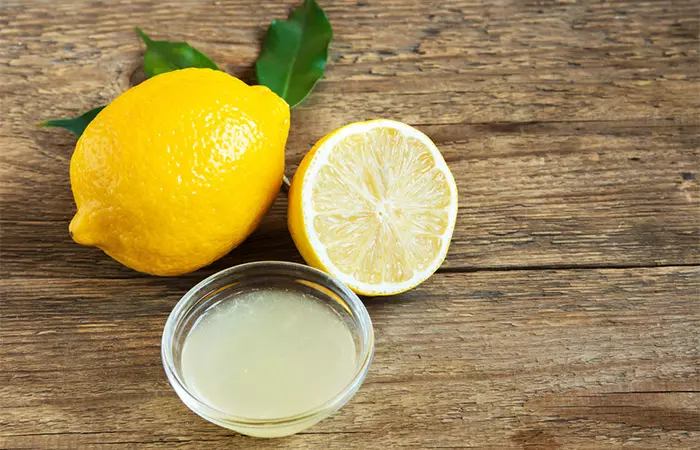
Lemons are rich in bioactive compounds that exhibit antioxidant properties (4). These can help reduce the scars that appear due to acne, pimples, or zits and repair your skin.
You Will Need
- 3-4 teaspoons lemon juice
- Cotton ball
What You Have To Do
- Cleanse the skin around the scarred area.
- Dip the cotton ball in lemon juice and dab it on the affected area.
- Keep it on for about 10 minutes and then rinse it off.
- After washing off the lemon juice, apply a sunscreen if you plan to step out in the sun.
How Often You Should Do This
Repeat this 2-3 times daily.
Note: Lemon juice can cause a stinging sensation on your skin, so you must use this remedy only if you are not allergic to it.
2. Honey
Raw honey is an age-old therapy to fade scars. It contains bioactive compounds that stimulate tissue regeneration and can aid in treating wounds (5). Baking soda acts as an exfoliant and helps in lightening the scar.
You Will Need
- 1 teaspoon raw honey
- 1 teaspoon baking soda
- A small towel
- Hot water
What You Have To Do
- Mix the raw honey and baking soda.
- Massage the mixture on the scar for about 3-5 minutes.
- Place a hot towel over the area. When the towel cools down, wipe the area clean.
How Often You Should Do This
Do this twice a day.
3. Onion
Onions have anti-inflammatory properties and also inhibit the production of collagen, which in turn helps in fading scars. Onion extract has natural compounds that may help control this process. Studies show that onion extract contains flavonoids like quercetin that can slow down skin cell growth and increase an enzyme that helps break down extra collagen. This means onion extract could help reduce scars over time (6) (7).
You Will Need
Onion juice
What You Have To Do
- Grate an onion and squeeze out some fresh onion juice.
- Apply this directly to the scar and let it dry naturally.
- Rinse after 15 minutes.
How Often You Should Do This
You can do this 3-4 times a day.
Note: Do not forget to keep your skin moisturized between the onion juice applications.
4. Aloe Vera Gel
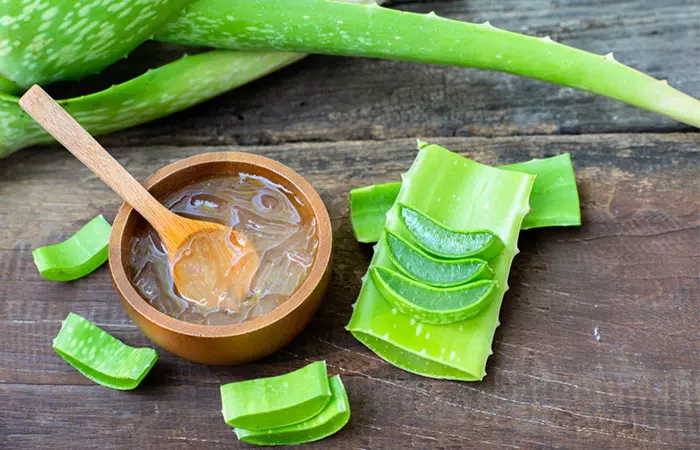
Aloe vera gel has anti-inflammatory properties (8). This may help reduce skin abnormalities, irritation, and scars and encourage the regeneration of new skin cells.
Shreedevi, a vlogger, shared her experience of using aloe vera for her acne scars for 1 week. She said, “I must say the tan and all of it has faded away. The marks have faded away a little (ⅰ).”
You Will Need
Aloe vera gel
What You Have To Do
- Use either freshly extracted aloe vera gel or an organic store-bought one on the scars. Massage it in thoroughly.
- Do not rinse it off.
How Often You Should Do This
Reapply 2-3 times daily.
5. Gooseberry
Gooseberry (amla) is rich in vitamin C that may help reduce the formation of scars. It can reduce the appearance of scars due to its tyrosinasei A copper-containing enzyme that plays a key role in the first step of melanin (skin pigment) production. inhibitory effect (9). Hence, it may lighten old scars and also prevent the formation of new ones
You Will Need
- Gooseberry powder
- Olive oil
What You Have To Do
- Mix enough gooseberry powder with olive oil to form a smooth paste that will cover the affected area.
- Apply this as a face pack and leave it on for 10-15 minutes.
- Rinse with plain water.
How Often You Should Do This
You can use this face pack every alternate day.
 Quick Tip
Quick Tip6. Tea Tree Oil
Tea tree oil contains phytochemicals that may help reduce surgical and acne scars gradually (10). It improves blood circulation to the affected area and also protects it from infections. Furthermore, may also help with skin disfigurement.
You Will Need
- 2-3 drops tea tree oil
- 1 teaspoon water or olive oil
What You Have To Do
- Dilute the tea tree essential oil in either olive oil or water.
- Massage the scarred area with this oil.
- Leave it on overnight.
How Often You Should Do This
Repeat this every night before going to bed.
Note: Do a patch test before trying out this remedy as tea tree oil may cause an allergic reaction in some people.
7. Coconut Oil
Using coconut oil for scars may help to some extent. The oil contains phenolic compounds, antioxidants, and vitamins that can promote the growth of skin cells and tissues (11 ). A study found that coconut oil speeds up wound healing by boosting collagen production and skin repair. It also increases antioxidants and reduces damage, helping the skin recover faster (12 ). This may help eliminate old scars, skin residual marks, and wound remnants, and its antimicrobial properties can prevent further breakouts.
You Will Need
1 teaspoon virgin coconut oil
What You Have To Do
- Warm the coconut oil by rubbing it between your palms
- Dab it on the scars and leave it on overnight.
How Often You Should Do This
Do this every night before going to bed.
8. Vitamin Supplements
Vitamin supplements can help a great deal in minimizing facial scars. Vitamin E exhibits wound-healing properties (13 ). These properties may help reverse the effects of acne scars and blemishes on your skin and leave it looking clearer over time.
You can take a doctor’s prescribed dose of vitamin E supplements. You can also consume foods rich in vitamins like green leafy vegetables, citrus fruits, fish, carrots, and avocados. Alternatively, you may also use vitamin E oil for scars topically to minimize their appearance. However, before doing so, always perform a patch test.
9. Potato Juice
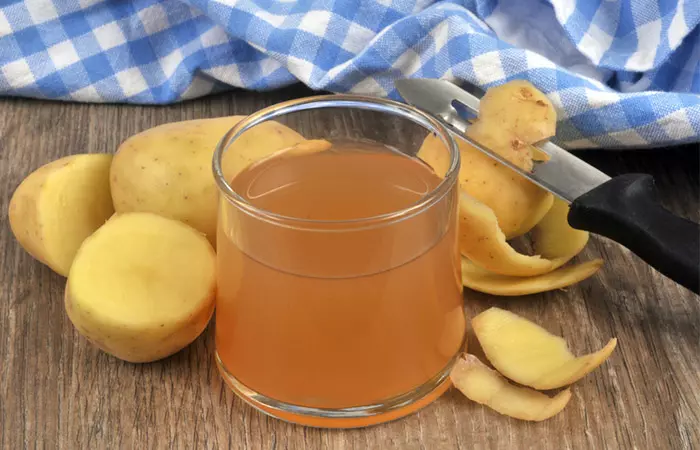
Potato juice is rich in phytochemicals that can cleanse your skin and lighten hyperpigmentation or spots caused by acne and pimples. This makes your skin look replenished and clearer (14).
You Will Need
2- tablespoons potato juice
What You Have To Do
- Extract potato juice by crushing a raw potato.
- Soak a cotton ball in this juice and apply it to the affected areas.
- Leave it on for 10 minutes and wash it off.
How Often You Should Do This
You can apply this juice 2-3 times a week.
10. Lavender Oil
Lavender oil possesses antifungal, anti-inflammatory, and antimicrobial properties (15). This may help fight any inflammatory response to infections on your skin and heal the affected area and eliminate scars over time.
You Will Need
- 2-3 drops lavender oil
- 1 teaspoon sweet almond oil
What You Have To Do
- Mix two to three drops of lavender oil with a teaspoon of sweet almond oil.
- Dab a cotton ball with the mixture and apply it to the affected areas.
- Rinse your face thoroughly after 10 minutes.
How Often You Should Do This
Do this 2-3 times daily.
11. Rosehip Oil
Rosehip oil is composed of bioactive compounds that exhibit wound-healing properties (16). It is observed that it can speed up the transition of macrophages phenotypes that can help improve scars over time.
You Will Need
- 2-3 drops rosehip oil
- 1 teaspoon sweet almond oil
What You Have To Do
- Mix two to three drops of rosehip oil with a teaspoon of sweet almond oil.
- Apply the mixture to the affected areas. Leave it on overnight.
- Wash it off in the morning.
How Often You Should Do This
You can do this 2-3 times daily.
While these natural remedies may help with old scars, results can vary. Some ingredients may cause skin irritation, allergic reactions, or sensitivity to sunlight, especially lemon. It depends on the skin type and texture. Therefore, it is always best to do a patch test before using any of these remedies.
Apart from these home remedies, there are various treatment options available to get rid of scars. In the next section, we will explore medical treatment options for scars.
Medical Treatment Options For Old Scars
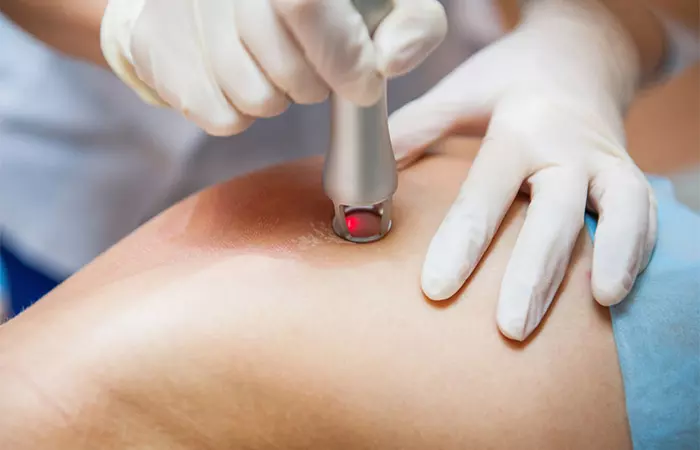
If your old scars are thick, raised, itchy, or causing pain, it is best to seek medical advice. If the scar affects movement, continues to grow, or changes in appearance, a doctor can assess the best treatment. A doctor can recommend options like laser therapy, chemical peels, or medicated creams. Here are some of the commonly used methods you can opt for:
- Over The Counter Drugs
There are several OTC drugs or creams that can be used to fade old scars, but use them only under the guidance of the doctor or a pharmacist. Mederma is one such OTC ointment that can be used to fade scars. It is a chemical formulation containing aqueous extracts of onion and is widely used in eliminating post-surgical scars (17 ). Consulting a certified dermatologist is recommended so that you are prescribed the correct type of cream to remove your old scars.
- Chemical Peels
Chemical peels are known to lighten old scars by using chemical exfoliants and improve skin imperfections and texture irregularities. This procedure also removes the dullness from the skin and can improve overall skin texture (18 ). Many cosmetic clinics offer various types of chemical peels depending on the nature of the scar you want to get rid of. This method works best for superficial scars.
You may choose glycolic acid to treat your scars. It is a gentle acid that helps exfoliate your skin and encourages the growth of new, healthy skin cells. This acid penetrates your skin and helps fade those pesky marks over time. It works by peeling away the outer skin layer, where the scar tissue hangs, and promoting the growth of fresh, even-toned skin (19). Glycolic acid, with regular use, may help make your scars less noticeable and leave you with smoother skin.
- Laser Treatments
This method is used on persistent and stubborn scars. Laser therapy employs the use of photothermal energy to stimulate the remodeling of collageni A protein produced by the body that is responsible for providing structure and support to your skin. and elastini A stretchy protein that is responsible for proving elasticity to lungs, tendons, ligaments, and skin. in the scar tissue and skin (20). Different lasers are used for different types of scars. Dr. Qazi says, “Lasers are the best ways to remove old scars. Many lasers operate on high heat, however, and need to be adjusted for color and tone of the skin.” Thus, one must be careful while choosing a treatment method.
Prevention Tips
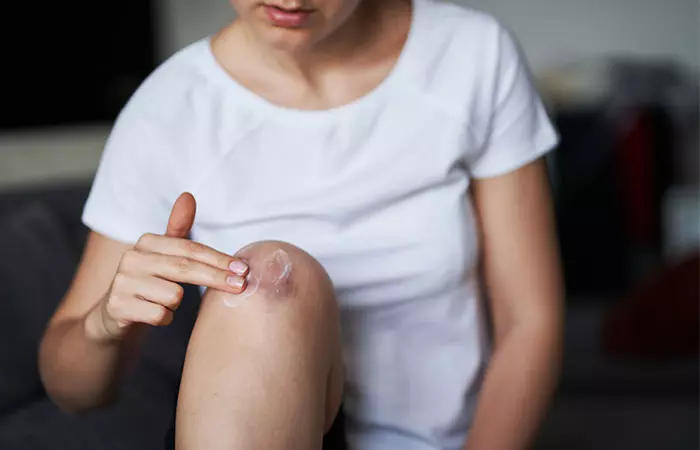
Here are a few tips you can bear in mind if you are wondering how to prevent scarring:
- If you have sustained a cut/scrape, ensure that you keep the wound covered and clean until it is healed.
- Moisturize the area regularly to keep the skin soft and promote healing. You could apply OTC ointments or petroleum jelly to the wounded area to minimize scarring (21).
- Always keep the wound dressing clean and hygienic.
- Avoid picking at scabs, as this can delay healing and worsen scarring.
- If you had to get stitches for your wound, consult your doctor regarding care for the affected site after it is healed to reduce scarring.
Infographic: Medical Treatment Options For Old Scars
While it is not possible to completely erase scars, there are a few methods you can use to reduce their appearance. A few home remedies may speed up the healing process, but medical treatments may help offer faster and more noticeable results.
Find out in the infographic below about the medical treatments you can explore to reduce the appearance of old scars.
Some thing wrong with infographic shortcode. please verify shortcode syntax
Injuries, chickenpox, acne breakouts, discoloration, burns, pimples, and other such skin issues leave behind permanent abnormalities marks, or scars on your skin. Though these old scars are harmless, everyone prefers to get rid of them. However, these scars would not fade completely but lighten with home remedies and medical treatments. Lemon, honey, onion, gooseberry, tea tree oil, coconut oil, vitamin supplements, potato juice, and lavender oil are natural ingredients to treat these scars. You may also consult your doctor to opt for medical treatment options if these home remedies do not give the desired results.
Frequently Asked Questions
Can scars completely disappear?
No, scars usually don’t disappear entirely, but they can fade over time with proper care and treatments, becoming less noticeable.
Can Vaseline remove old scars?
Yes, applying Vaseline to scars during the healing process can help seal moisture. This helps reduce dryness, improves the appearance of scars, and makes skin look smoother. Dr. Qazi adds, “For stubborn acne scars, Vaseline and other petroleum jelly products can visually improve the outer appearance of older scars but typically don’t erase them completely. Vaseline is great for aftercare to reduce the opportunity for scarring from things like a cut. However, it will not completely remove old scars. Laser treatments can eliminate old scars to stimulate new skin cell reproduction in order to replace the existing damaged skin layer.”
Do scars fade with age?
Yes. Although complete removal of scar may not be possible, scars gradually do fade with time. Dr. Qazi says, “Collagen in the body gradually decreases as we age. Scars can potentially worsen due to a continual loss of collagen in the skin. Fine lines, wrinkles, and a loss of collagen all impact the appearance of scars. If not corrected early, scars can worsen as you age.”
Does Vitamin E help with scarring?
Vitamin E speeds up wound healing and improves the cosmetic appearance of injury marks. Dr. Qazi opines, “Scientifically, vitamin E has not shown to treat or visually improve the appearance of scars in studies.”
Does Mederma really work on scars?
Mederma is an over-the-counter skin cream that is widely used to treat scars. But studies have shown that it is not as effective as petroleum jelly is in fading away scars (21).
Do scars go away if you exfoliate?
Scars may not completely fade away with exfoliation. However, exfoliating scars helps remove dead skin cells and improve skin tone and texture. Do apply moisturizer after exfoliating for smoother skin.
How can I remove scars from the face permanently?
To remove scars permanently, you can go for powerful methods like laser treatment, surgical treatments, or chemical peels, depending on the type, size, cause, placement, and age of the scar. However, keep in mind that some scars are difficult to remove and can only be faded or lightened due to their nature.
Illustration: Best Ways To Get Rid Of Old Scars, Treatment, & Prevention
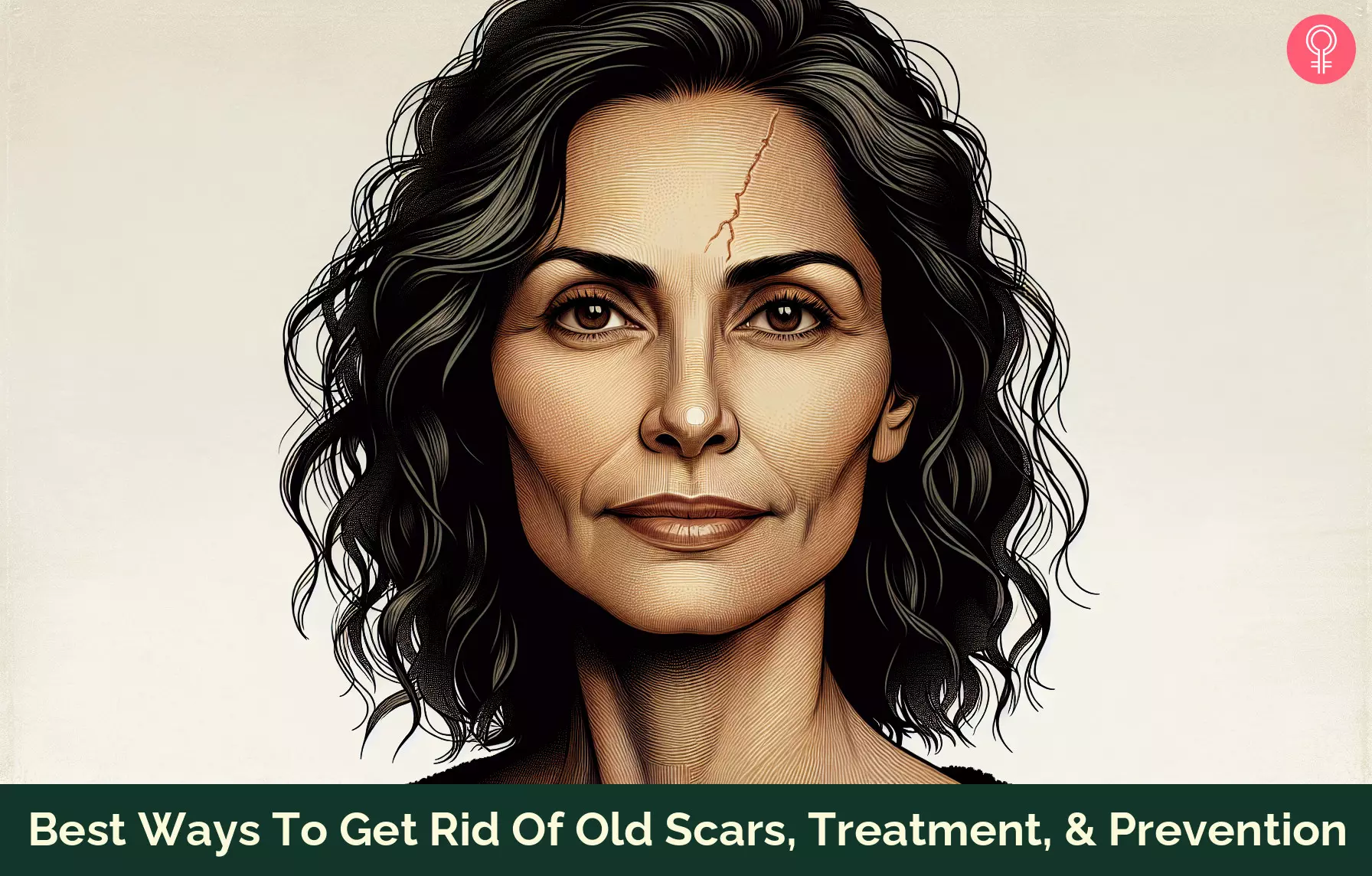
Image: Dall·E/StyleCraze Design Team
Old scars can be difficult to treat, but there are several ways to get rid of them. Check out the video below to learn about the effective treatments available to reduce the appearance of old scars.
Personal Experience: Source
StyleCraze's articles are interwoven with authentic personal narratives that provide depth and resonance to our content. Below are the sources of the personal accounts referenced in this article.
ⅰ. 1 WEEK ALOE VERA CHALLENGE! REAL RESULTS! Will it clear acne and fade scars?? | Skin care challengehttps://www.youtube.com/watch?v=Wn2iaJb5DPo
References
Articles on StyleCraze are backed by verified information from peer-reviewed and academic research papers, reputed organizations, research institutions, and medical associations to ensure accuracy and relevance. Read our editorial policy to learn more.
- Skin scarring, BMJ, US National Library of Medicine, National Institutes of Health.
https://www.ncbi.nlm.nih.gov/pmc/articles/PMC1125033/ - Morphological and immunochemical differences between keloid and hypertrophic scar. The American Journal of Pathology, US National Library of Medicine, National Institutes of Health.
https://pubmed.ncbi.nlm.nih.gov/8030742/ - Hypertrophic Scarring, US National Library of Medicine, National Institutes of Health.
https://www.ncbi.nlm.nih.gov/books/NBK470176/ - Antioxidant and anti-ageing activities of citrus-based juice mixture. Food Chemistry, US National Library of Medicine, National Institutes of Health.
https://pubmed.ncbi.nlm.nih.gov/26471635/ - Medicinal and cosmetic uses of Bee’s Honey – A review, Ayu, US National Library of Medicine, National Institutes of Health.
https://www.ncbi.nlm.nih.gov/pmc/articles/PMC3611628/ - Onion extract and quercetin induce matrix metalloproteinase-1 in vitro and in vivo
https://pubmed.ncbi.nlm.nih.gov/20127038/ - Plants used to treat skin diseases, Pharmacognosy Review, US National Library of Medicine, National Institutes of Health.
https://www.ncbi.nlm.nih.gov/pmc/articles/PMC3931201/ - ALOE VERA: A SHORT REVIEW, Indian Journal of Dermatology, US National Library of Medicine, National Institutes of Health.
https://www.ncbi.nlm.nih.gov/pmc/articles/PMC2763764/ - Vitamin C in dermatology, Indian Dermatology Online Journal, US National Library of Medicine, National Institutes of Health.
https://www.ncbi.nlm.nih.gov/pmc/articles/PMC3673383/ - Melaleuca alternifolia (Tea Tree) Oil: a Review of Antimicrobial and Other Medicinal Properties, Clinical Microbiology Reviews, US National Library of Medicine, National Institutes of Health.
https://www.ncbi.nlm.nih.gov/pmc/articles/PMC1360273/ - Anti-aging Effects of Select Botanicals: Scientific Evidence and Current Trends, MDPI.
https://www.mdpi.com/2079-9284/5/3/54 - Effect of topical application of virgin coconut oil on skin components and antioxidant status during dermal wound healing in young rats
https://pubmed.ncbi.nlm.nih.gov/20523108/ - Vitamin E in dermatology, Indian Dermatology Online Journal, US National Library of Medicine, National Institutes of Health.
https://www.ncbi.nlm.nih.gov/pmc/articles/PMC4976416/ - Health Benefits and Cons of Solanum tuberosum, Journal of Medicinal Plants Studies.
https://www.plantsjournal.com/vol1Issue1/Issue_jan_2013/3.pdf - Effect of Lavender (Lavandula angustifolia) Essential Oil on Acute Inflammatory Response, Evidence-Based Complementary and Alternative Medicine, US National Library of Medicine, National Institutes of Health.
https://www.ncbi.nlm.nih.gov/pmc/articles/PMC5878871/ - Rosehip Oil Promotes Excisional Wound Healing by Accelerating the Phenotypic Transition of Macrophages. Planta Medica, US National Library of Medicine, National Institutes of Health.
https://pubmed.ncbi.nlm.nih.gov/30199901/ - A comprehensive evidence-based review on the role of topicals and dressings in the management of skin scarring, Archives of Dermatological Research, US National Library of Medicine, National Institutes of Health.
https://www.ncbi.nlm.nih.gov/pmc/articles/PMC4506744/ - Chemical Peels for Acne and Acne Scars in Asians: Evidence Based Review, Journal of Cutaneous and Aesthetic Surgery, US National Library of Medicine, National Institutes of Health.
https://www.ncbi.nlm.nih.gov/pmc/articles/PMC3560163/ - Biweekly serial glycolic acid peels vs. long-term daily use of topical low-strength glycolic acid in the treatment of atrophic acne scars
https://onlinelibrary.wiley.com/doi/abs/10.1046/j.1365-4362.2000.00076. - Laser Revision Of Scars, US National Library of Medicine, National Institutes of Health.
https://www.ncbi.nlm.nih.gov/books/NBK539686/ - Update on Postsurgical Scar Management, Seminars in Plastic Surgery, US National Library of Medicine, National Institutes of Health.
https://www.ncbi.nlm.nih.gov/pmc/articles/PMC4961501/
Read full bio of Dr. Aanand Geria
Read full bio of Sucharita Mishra
Read full bio of Ramona Sinha
Read full bio of Swathi E






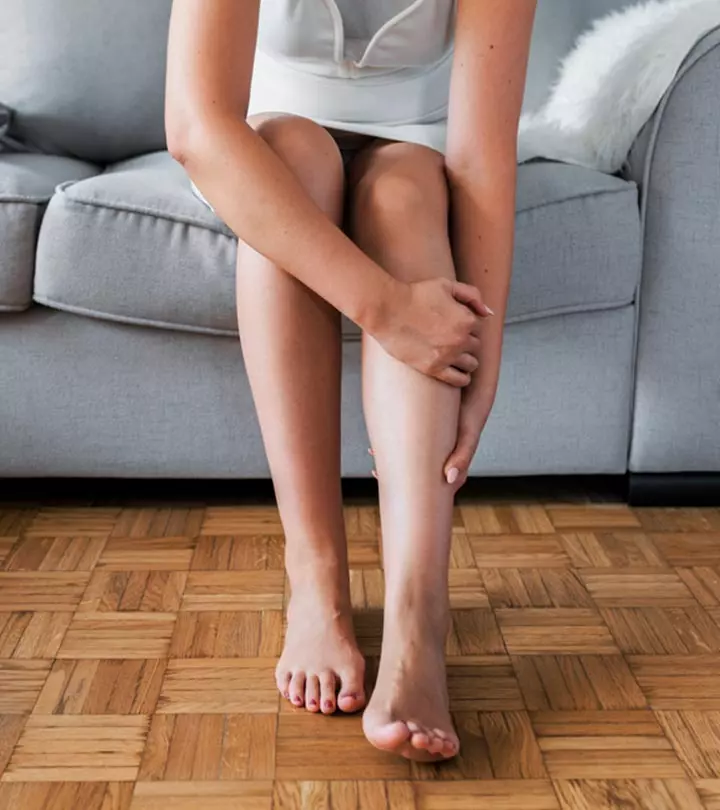
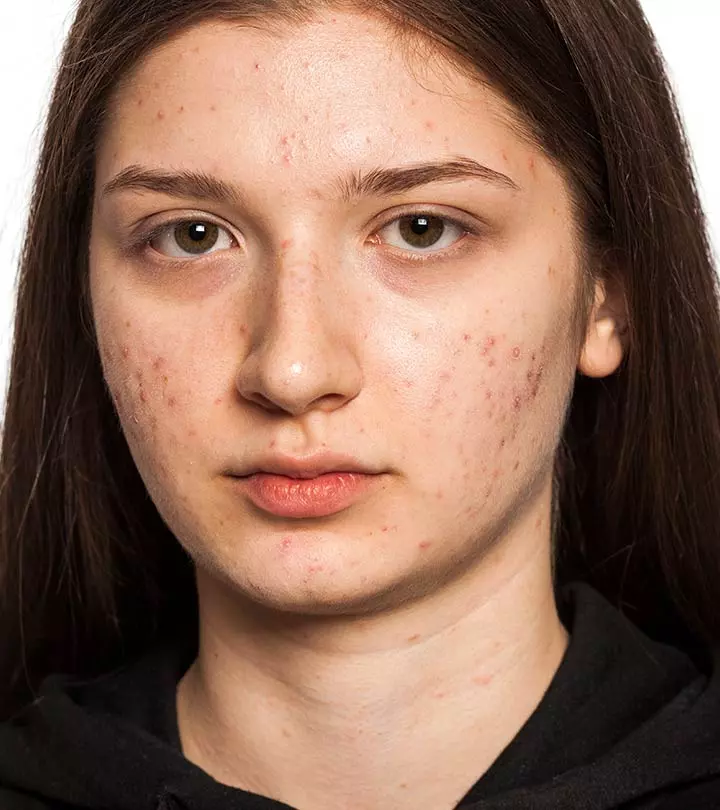
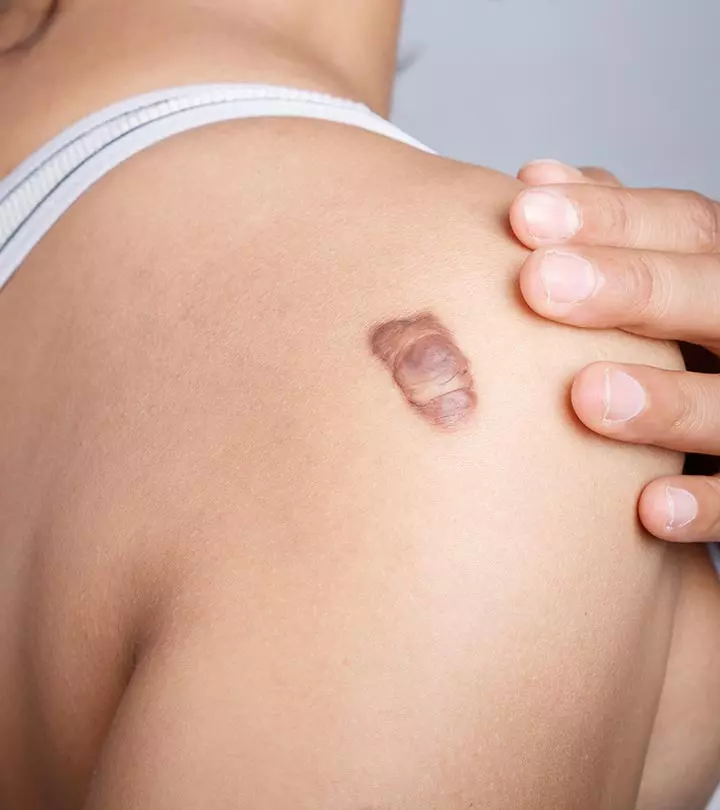
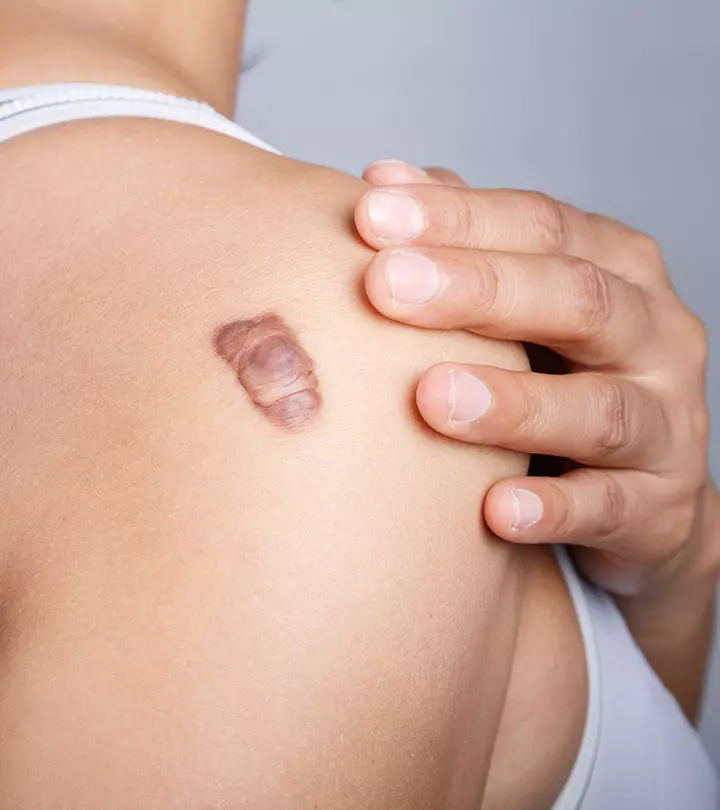
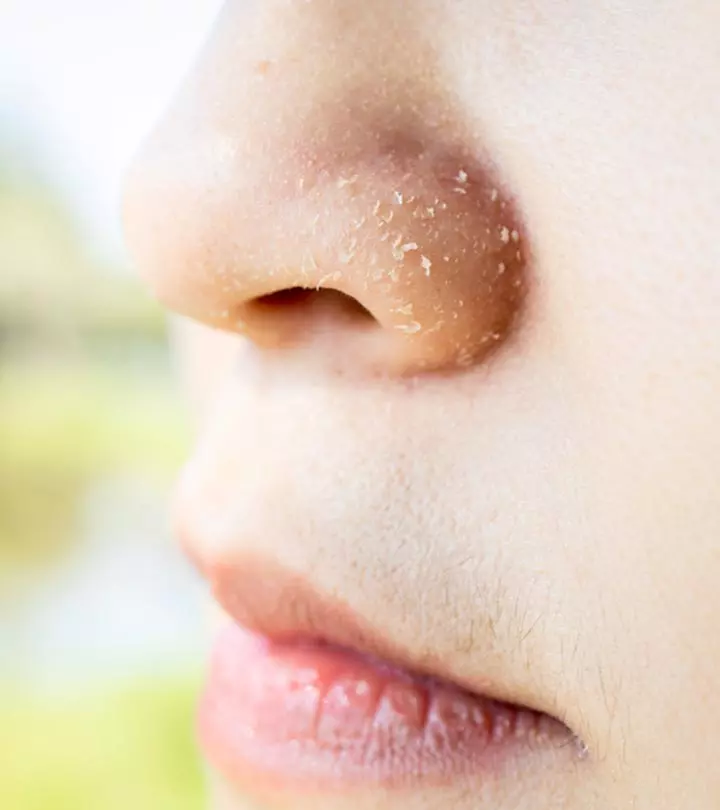
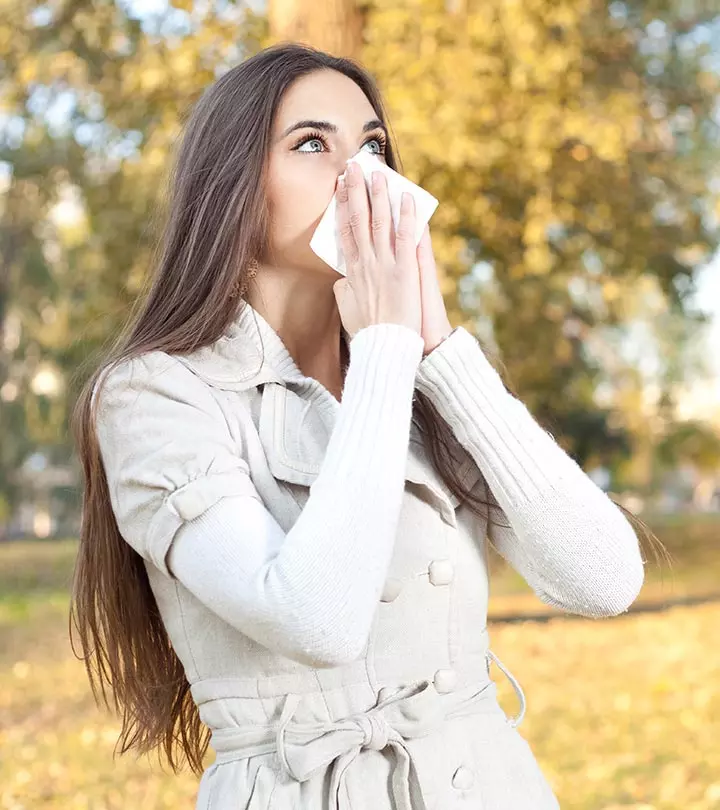

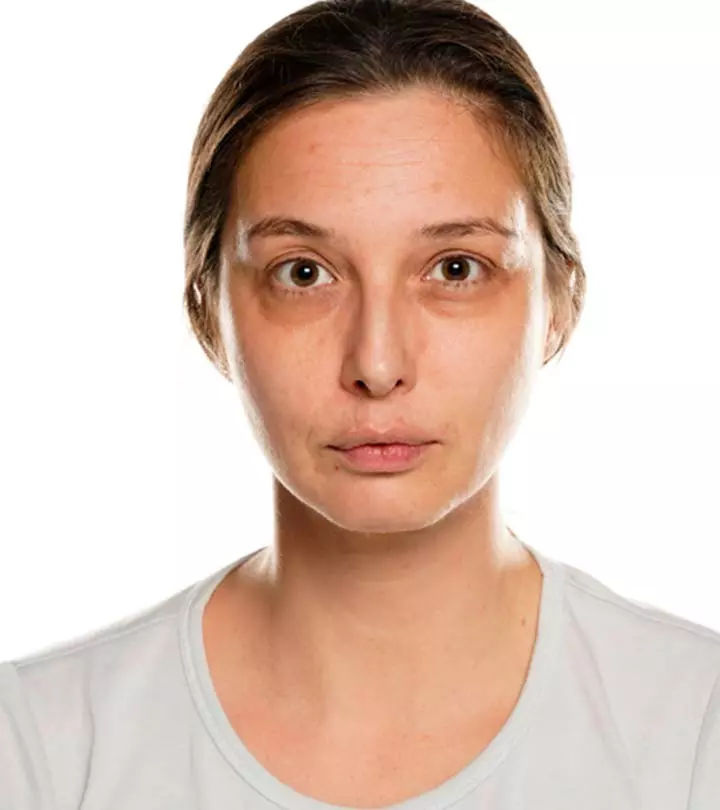


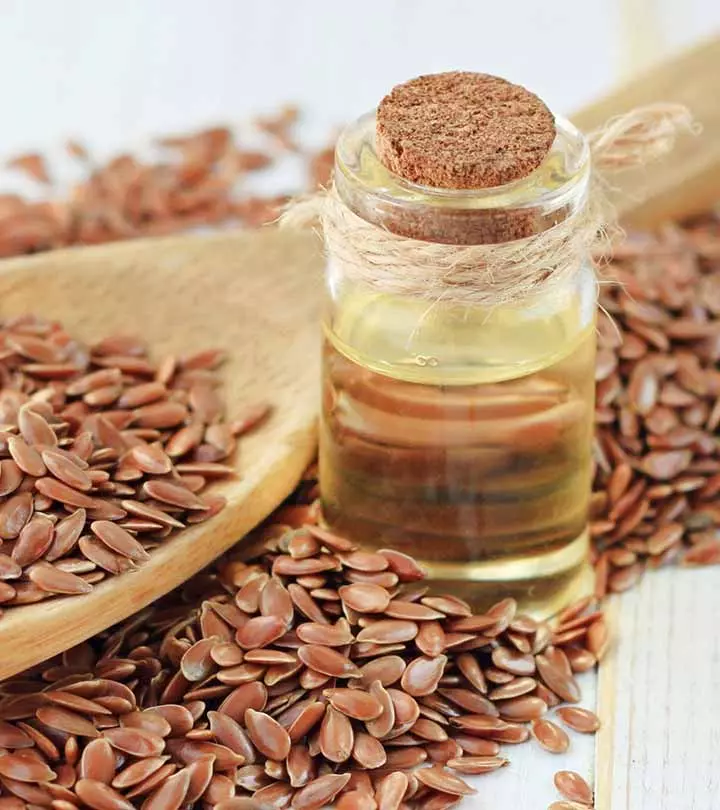

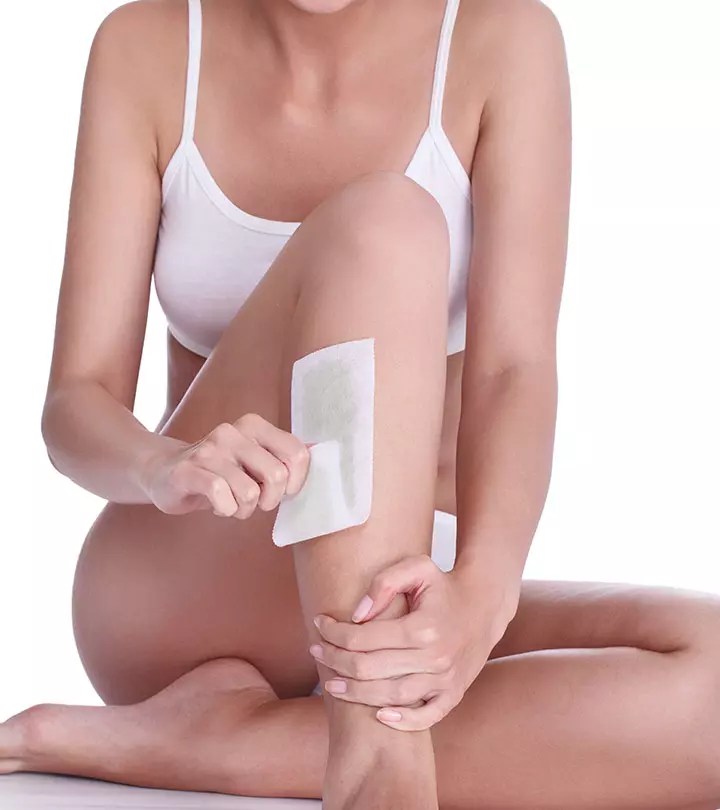
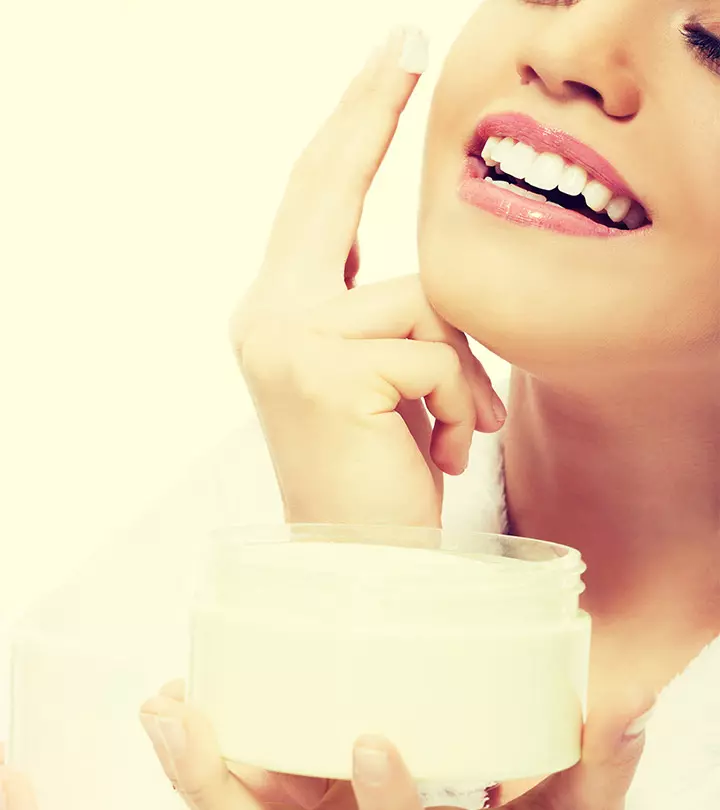
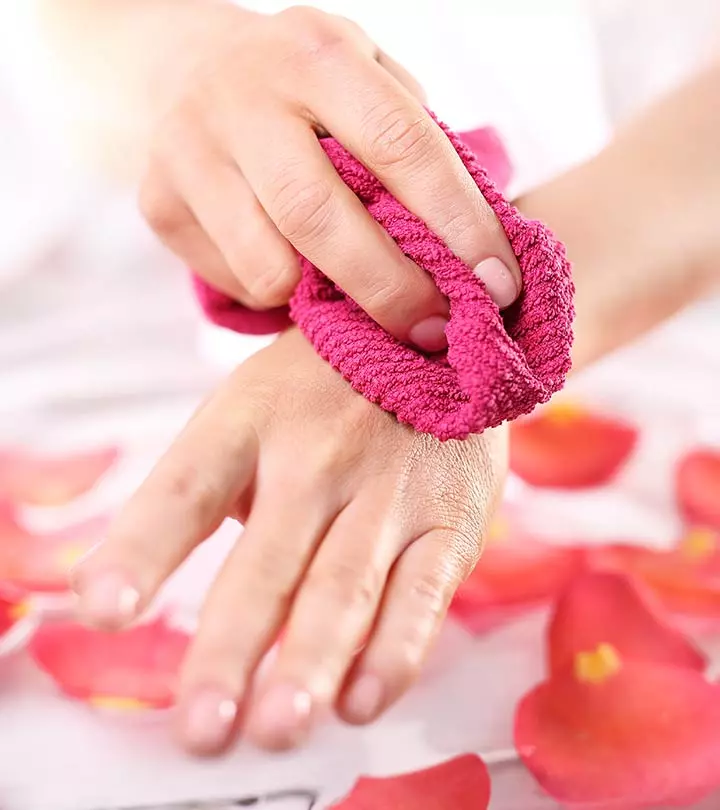
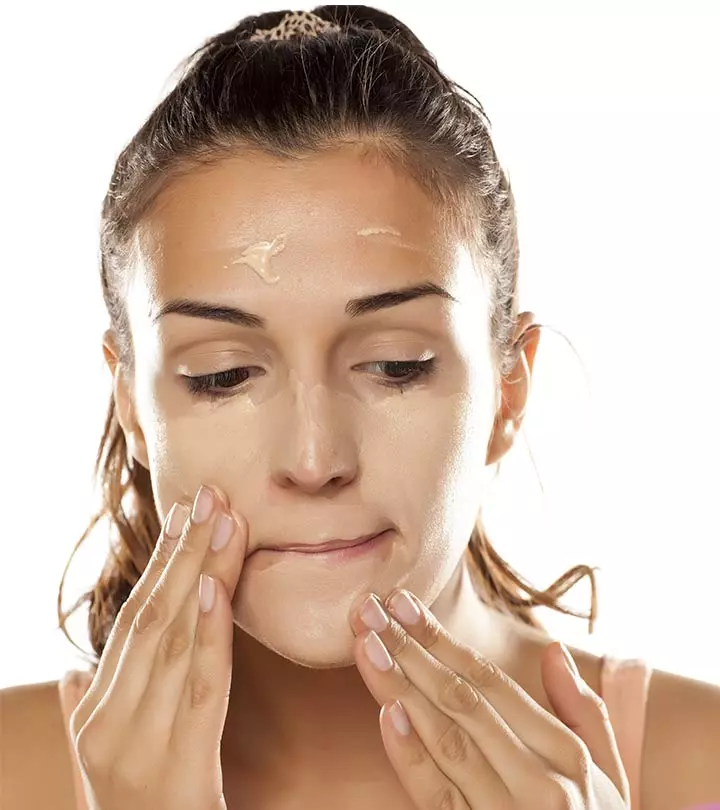
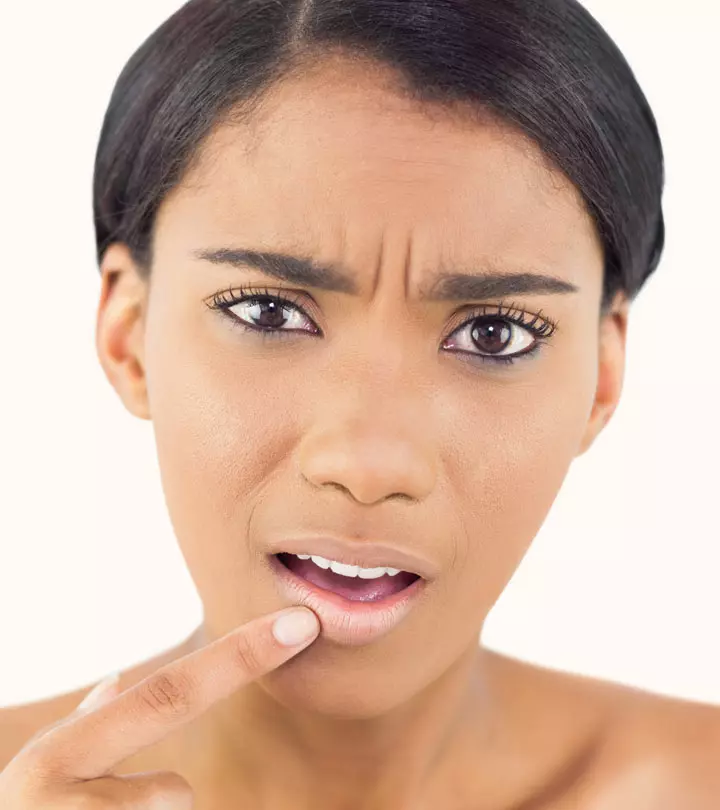
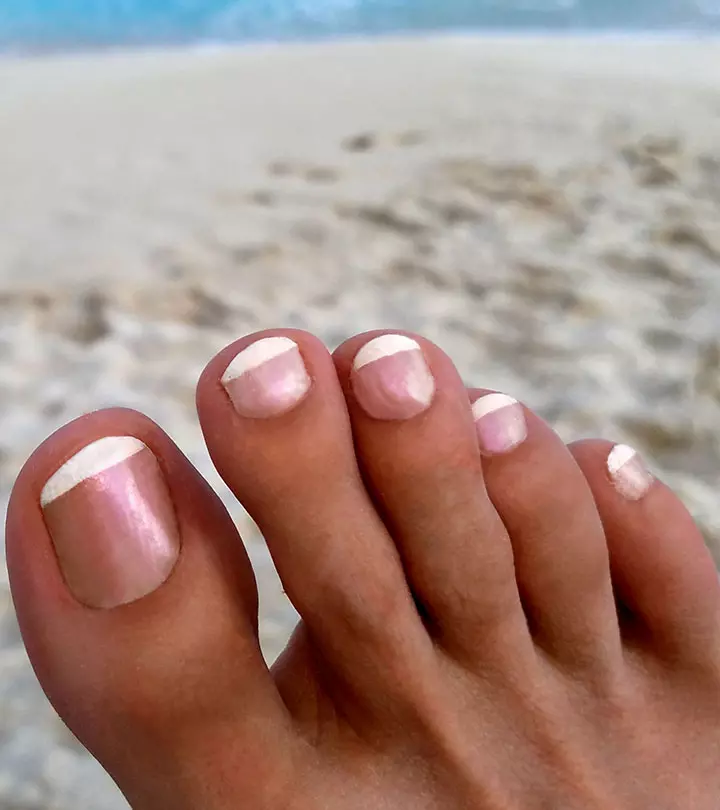
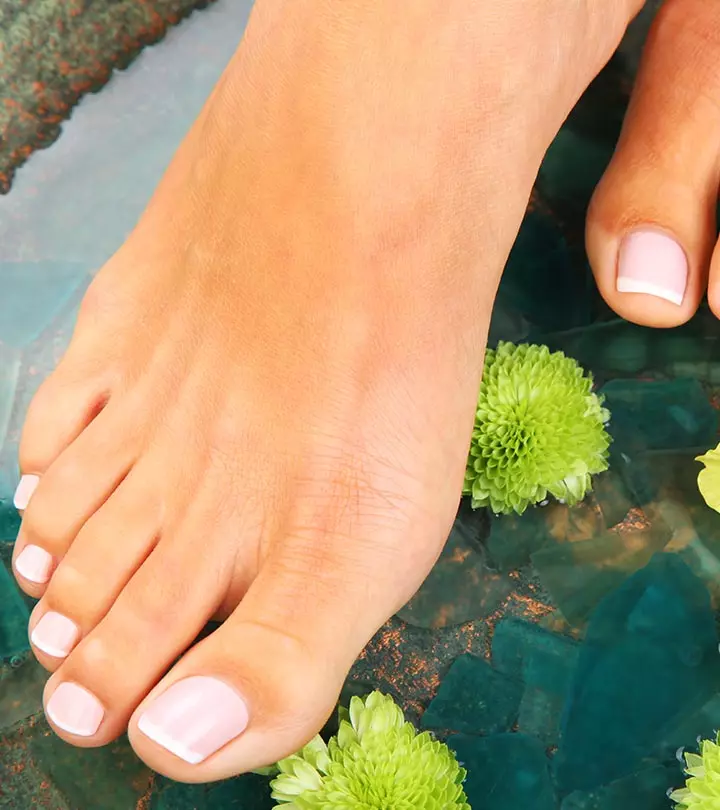


Community Experiences
Join the conversation and become a part of our empowering community! Share your stories, experiences, and insights to connect with other beauty, lifestyle, and health enthusiasts.